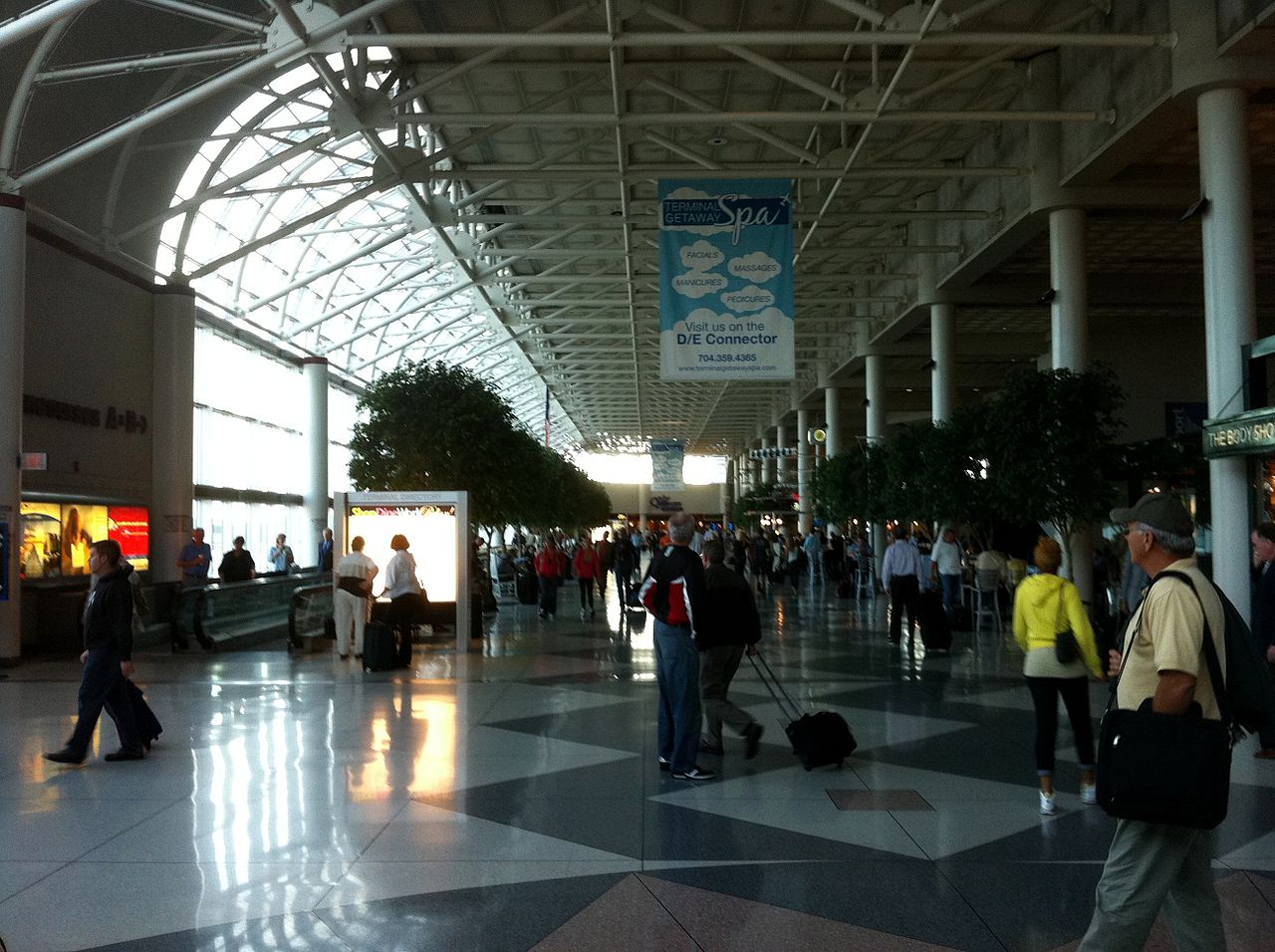
Charlotte Douglas International Airport (CLT) in the US has launched a new pilot service that will enable passengers to view security checkpoint wait times.
The airport partnered with CrowdVision to provide the service that will help passengers to identify the shortest security checkpoint wait time before arriving at the terminal.
Passengers can use the CLT website or app to find out estimated wait times at all airport checkpoints, including Standard and TSA Pre-Check lines. Existing CLT app users can update the app to utilise the feature.
Acting Aviation Director Haley Gentry said: “Time is valuable, especially at an airport. This is a great tool that enhances the passenger experience by identifying the shortest security checkpoint wait time with a glance at your phone.”
The service uses light detection and ranging (LIDAR) sensors to determine the reflection of light and gauge wait times at the checkpoints.
CrowdVision Americas president Sam Kamel said: “CrowdVision is proud and excited to be serving Charlotte Douglas International Airport.
“We share their vision for transforming the passenger experience, making the entire curb-to-gate process more efficient, less frustrating and always focused on passenger safety.”
CLT will run the pilot until early 2021 to determine the effectiveness of this technology.
Recently, the airport, located in the state of North Carolina, added five electric buses to its vehicle fleet as part of its sustainability commitment.
CLT intends to replace its diesel-powered bus fleet with electric vehicles over the next seven to ten years.



